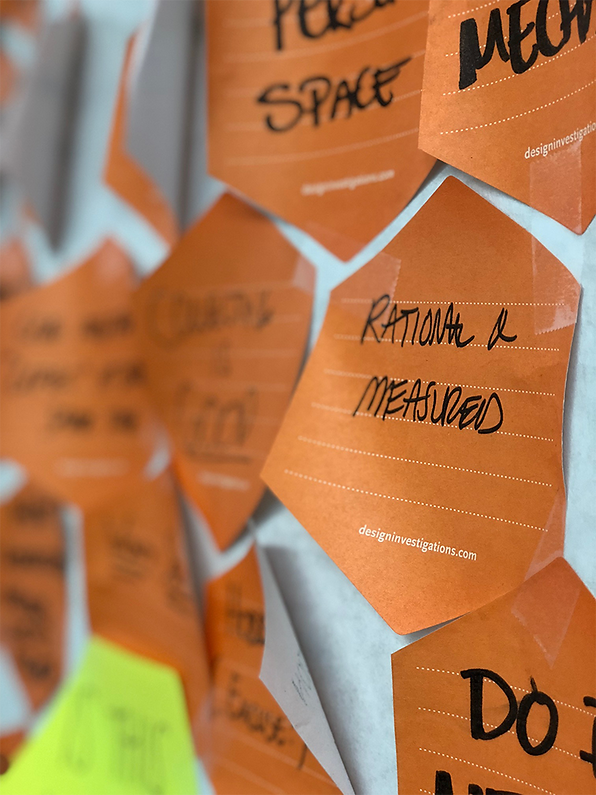
Challenge
Using generative research techniques, the goal was to collect insights and opportunities into the chosen topic.
Time Frame
14 weeks
Researchers
Ian Cullimore
Isaúl Berenguer
Vicente Magana
In order for all team members to have a chance to utilize all techniques, we each alternated recording and leading interviews. We designed the experiment, with support from the faculty, and analyzed the results together.

What are the primary motivators for
people who curate collections?

Participants
A wide variety of collectors were interviewed to be able to draw conclusions from. The group included people who collect old coins found with a metal detector, vintage muscle cars, over 1500 wood tools, sports memorabilia and another with over 2000 Hot Wheels cars.
Toolkit
We led our participant through three exercises, designed to give us insights about many different parts of the collecting experience, including their motivations and needs.
Patterns
Regardless of type of collector, similar patterns and themes started to emerge as we interviewed our participants and analyzed the data
Patterns
Regardless of type of collector, similar patterns and themes started to emerge as we interviewed our participants and analyzed the data.

Analysis
We analyzed the results with many tools that spanned the walls of our studio, the tools included Affinity Diagrams, POEMS and AI frameworks (People, Objects, Environment, Messages, Systems, Activities and Interactions), Bordieau's Framework, Ethnographic Questions, and PNSTIO (Problem, Need, System, Themes, Insights and Opportunities)

Findings
The deliverable for this project was the Insight/Opportunity Pairs list. It is launching point that could be given to a design and engineering team to carry out the traditional design cycle.
Option 1
Insight
Effortless acquisition is not respected by collectors
Opportunity
What if there was a way to display or symbolize the effort taken to acquire an item?
Option 2
Insight
Collectors use storytelling to curate the item's history
Opportunity
What if there was a way to collect, compile or visualize the research, journey, story?
Option 3
Insight
Collected items are time capsules for the collector
Opportunity
What if there was a method for a memory or story to be passed on, or found, with
the item?
Option 4
Insight
Items are a trigger
for storytelling
Opportunity
What if the item could attract attention or provoke curiosity in the viewer?
Option 5
Insight
Collecting is about the
"thrill of the hunt"
Opportunity
What if there were ways
to sustain or increase the excitement?
Design is a team sport, thanks to my colleagues and friends for their discussions, critiques and feedback.
Thanks for reading!
Special Thanks for this Project
Isaúl Berenguer and Vicente Magana
Our Participants
Katherine Bennett
Atria Azarmi


